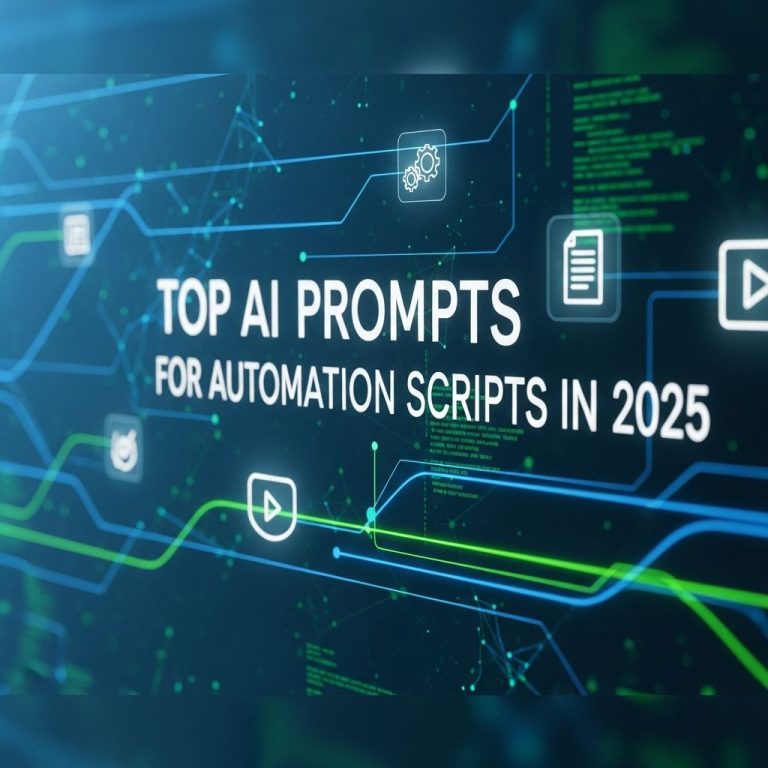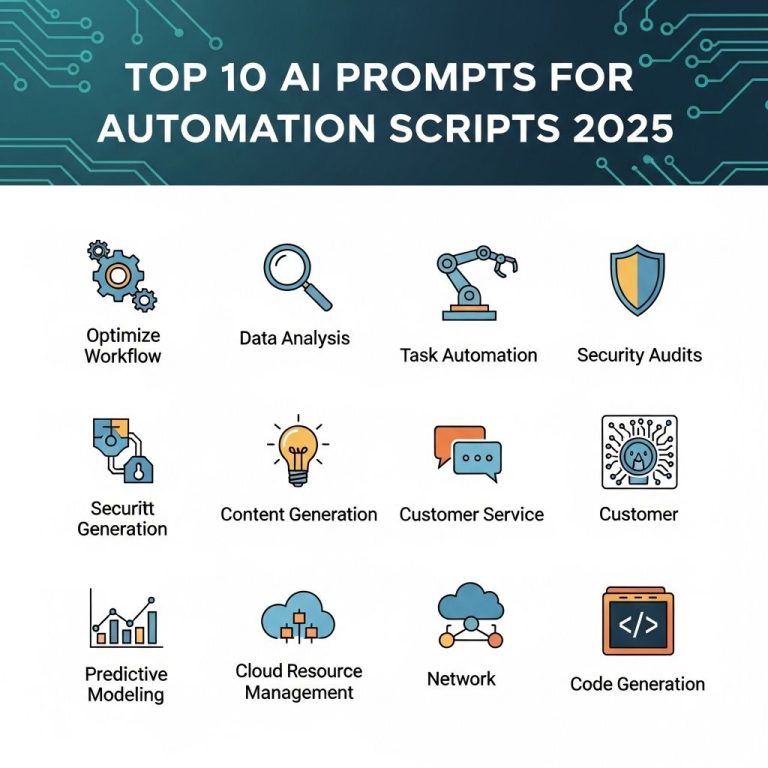In today’s rapidly evolving technological landscape, businesses are continuously seeking innovative solutions to enhance their operations and improve customer experience. One of the most transformative technologies making waves across industries is Artificial Intelligence (AI). Particularly in the realm of contact centers, AI solutions are not just a luxury; they have become essential for firms striving to maintain a competitive edge. This article delves deep into how AI is revolutionizing contact centers, examining its applications, benefits, and the future it promises.
Understanding AI in Contact Centers
AI encompasses a broad range of technologies, including machine learning, natural language processing, and predictive analytics. In contact centers, it acts as a powerful tool to automate and enhance various processes, ultimately leading to improved customer interactions and operational efficiency.
Key Technologies Driving AI in Contact Centers
- Chatbots: Automated systems that handle inquiries without human intervention, providing instant responses to common questions.
- Voice Recognition: Technology that allows systems to understand and process human speech, enabling hands-free interaction and streamlined call routing.
- Sentiment Analysis: Tools that analyze customer emotions during interactions, helping agents tailor their responses accordingly.
- Predictive Analytics: Algorithms that forecast customer needs and behaviors based on historical data, enabling proactive service.
The Benefits of Integrating AI in Contact Centers
Implementing AI technology within contact centers can yield substantial benefits, including:
1. Enhanced Customer Experience
AI solutions enable contact centers to provide faster and more accurate responses to customer inquiries. For instance:
- Chatbots can handle multiple inquiries simultaneously, reducing wait times.
- Voice recognition systems enable customers to navigate through options without long hold times.
2. Increased Efficiency
AI streamlines operations by automating routine tasks. Consider the following examples:
- Automated data entry ensures accurate record-keeping without manual input.
- AI can prioritize calls based on urgency, directing them to the appropriate agents.
3. Cost Reduction
Reducing operational costs is a primary goal for any business. AI contributes to this by:
- Minimizing the need for a large workforce, as many tasks can be automated.
- Reducing training costs through self-service AI tools that empower customers.
4. Data-Driven Insights
AI systems analyze vast amounts of data, providing actionable insights that can lead to:
| Insight Type | Benefit |
|---|---|
| Customer Behavior | Understanding preferences for better-targeted marketing. |
| Performance Metrics | Identifying areas for agent training and improvement. |
| Operational Efficiency | Recognizing trends to optimize staffing and resources. |
Real-World Applications of AI in Contact Centers
Many companies are already leveraging AI to enhance their contact center operations. Here are some notable examples:
Case Study: Amazon
Amazon employs AI-driven chatbots to assist customers with order inquiries, product recommendations, and troubleshooting. This approach has significantly reduced response times and improved customer satisfaction metrics.
Case Study: American Express
American Express uses AI for fraud detection, enabling its contact center agents to quickly identify and mitigate potential threats. This proactive approach has led to a marked decrease in fraudulent transactions.
Case Study: Sephora
Sephora’s virtual assistant utilizes AI to provide personalized product recommendations and beauty tips, enhancing the overall shopping experience while relieving customer service representatives from handling repetitive inquiries.
The Future of AI in Contact Centers
As technology continues to evolve, the future of AI in contact centers looks promising. Key trends on the horizon include:
1. Advanced Natural Language Processing
Improvements in NLP will allow AI systems to understand and respond to customers’ queries with greater contextual awareness, making interactions feel more human-like.
2. Integration with IoT Devices
AI may leverage data from IoT devices to predict customer needs and deliver tailored experiences. For example, a smart home device could alert a customer service representative about a malfunction before the customer even contacts support.
3. Continued Personalization
As AI becomes more sophisticated, personalization will extend beyond traditional parameters, analyzing a broader range of data to enhance customer interactions.
Challenges and Considerations
Despite its numerous advantages, the integration of AI into contact centers does not come without challenges:
1. Data Privacy Concerns
Handling sensitive customer data requires strict adherence to regulations such as GDPR. Businesses must ensure their AI systems are secure and compliant.
2. Dependence on Technology
Over-reliance on AI can lead to service disruptions if the technology fails. Companies need to maintain a balance between automation and human oversight.
3. Implementation Costs
Initial investment in AI technology can be substantial. Companies should assess the long-term ROI before proceeding.
Conclusion
AI is undeniably transforming the landscape of contact centers, providing tools that enhance efficiency, reduce costs, and improve overall customer satisfaction. While challenges remain, the benefits far outweigh the drawbacks. As businesses continue to innovate and adapt, those that embrace AI solutions will likely lead the pack, revolutionizing customer service for years to come.
FAQ
How can AI improve the efficiency of contact centers?
AI can automate repetitive tasks, provide real-time data analysis, and enhance customer interactions, leading to faster response times and improved service quality.
What are the benefits of using AI in customer service?
AI offers 24/7 support, personalized customer experiences, reduced operational costs, and the ability to handle a higher volume of inquiries simultaneously.
Can AI chatbots replace human agents in contact centers?
While AI chatbots can handle many routine inquiries, human agents are still essential for complex issues, ensuring a balanced approach to customer service.
How does AI analyze customer interactions in a contact center?
AI leverages natural language processing (NLP) and machine learning to analyze customer interactions, providing insights into customer sentiment and preferences.
What technologies are commonly used in AI-powered contact centers?
Common technologies include machine learning algorithms, natural language processing, speech recognition, and predictive analytics.




